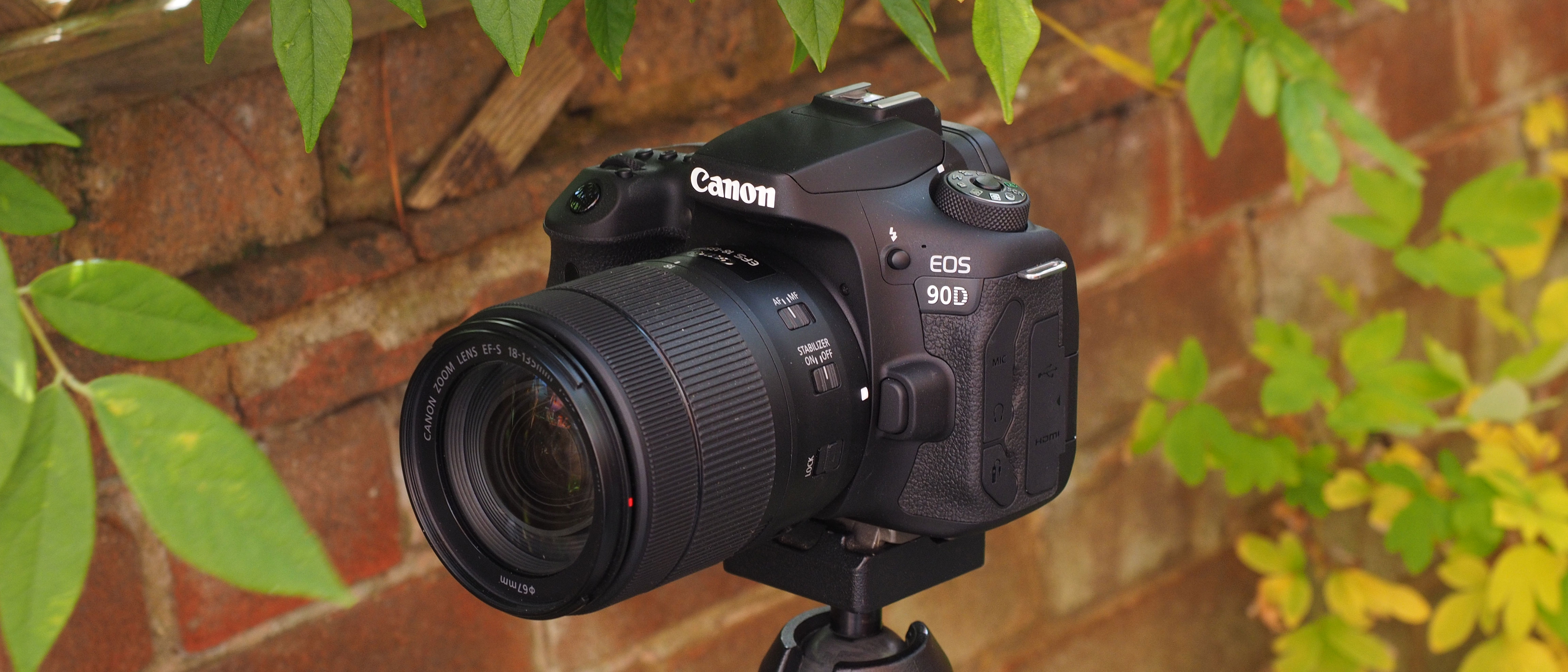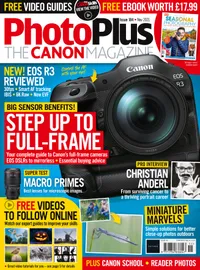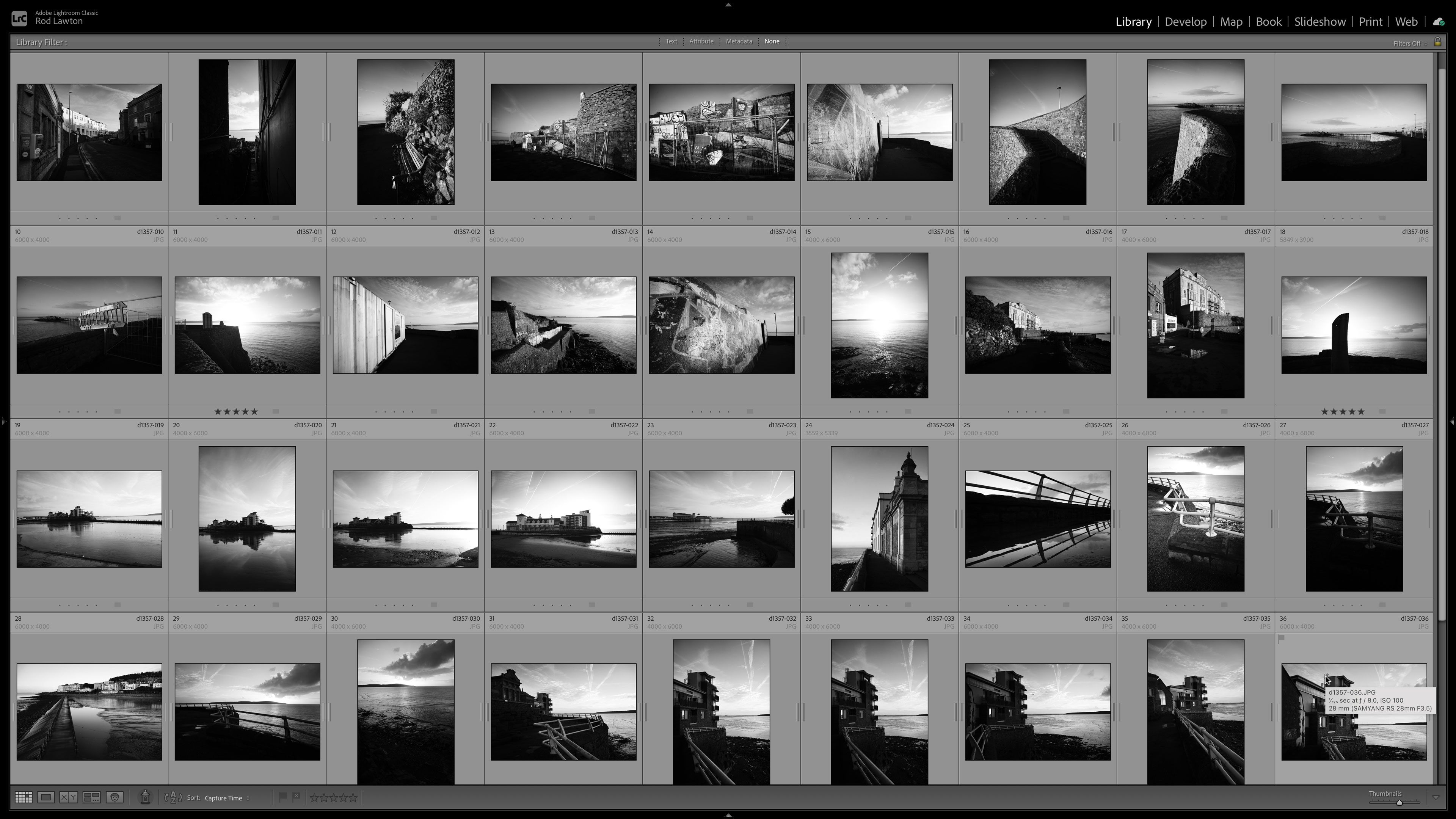Digital Camera World Verdict
There are irritations and limitations with any camera, and we can pick out a few with the EOS 90D – but this camera’s capabilities are so impressive and so all-encompassing, that you can’t expect miracles. We’d like a bigger buffer capacity, we’d like twin card slots, we’d like lots of things – but this camera already does so much, and does it so well at an enthusiast camera price point, that it deserves its high rating.
Pros
- +
Optical viewfinder
- +
Size and ‘heft’
- +
Vari-angle touchscreen
- +
Uncropped 4K
Cons
- -
120fps video S-AF only
- -
Limited buffer capacity
- -
Not much gain from 32MP
Why you can trust Digital Camera World
The Canon EOS 90D’s 32.5-megapixel sensor has the highest resolution of any APS-C camera you can buy. That bald fact is likely to dominate any stories about Canon’s new DSLR, but could actually prove its downfall.
More pixels don’t alway mean better image quality – and we’ll have more to say about this shortly – but thankfully the EOS 90D had plenty more to shout about. It's enough to make this not just one of the best Canon cameras right now, but one of the best DSLRs you can buy.
Read more: PhotoPlus: The Canon Magazine
Specifications
Sensor: 32.5MP APS-C CMOS, 22.3 x 14.8mm
Image processor: DIGIC 8
AF points: 45 cross-type
ISO range: 100 to 25,600 (exp. 51,200)
Max image size: 6,960 x 4,640
Metering modes: Evaluative, partial, spot, centre-weighted
Video: 4K at 30/25p, FHD at 120/100/60/50/30/25pp
Viewfinder: Optical pentaprism, 100% coverage
Memory card: SD / SDHC / SDXC (supports UHS-II)
LCD: 3-inch fully articulating touchscreen, 1.04m dots
Max burst: 10fps, up to 58 JPEG, 25 raw
Connectivity: Wi-Fi, Bluetooth
Size: 140.7 x 104.8 x 76.8mm
Weight: 701g (with card and battery)
PhotoPlus: The Canon Magazine is the world's only monthly newsstand title that's 100% devoted to Canon, so you can be sure the magazine is completely relevant to your Canon camera system. Every issue comes with free video tutorials and free ebook. Don't miss our Christmas subscription deal – you can save 63% on our Premium print and digital subscription package.
Up to 63% off Offer ends 4th January
Key features
This is Canon’s first camera to follow a new and exciting development in digital cameras – combining high resolution with high frame rates. Not only does the EOS 90D beat any APS-C Canon before it for megapixels, it can do this at 10 frames per second. Before, the only APS-C Canon capable of this was the EOS 7D Mark II, an out and out sports model whose future now looks uncertain.
In fact, the EOS 90D represents a merging of two previously separate Canon DSLR lines – the EOS 80D and the EOS 7D Mark II. The EOS 90D is most like the EOS 80D in its design and construction – and pricing – but pretty much thrashes the EOS 7D Mark II in all but autofocus specifications.
• Read more: Canon EOS 90D vs EOS 80D vs EOS 7D Mark II: 12 key differences
The best camera deals, reviews, product advice, and unmissable photography news, direct to your inbox!
But it’s not just about the frame rate. The EOS 90D also shoots 4K video – and not in the irritating crop mode previously seen on Canon cameras, but using the full sensor width at last. Now, you don’t get an instant crop factor when you switch to 4K video, and your wide lenses do actually stay ‘wide’!
There’s something else worth pointing out too. The EOS 90D uses Canon’s Dual Pixel CMOS AF system, as used to great effect on its mirrorless cameras, so when you switch the EOS 90D to live view mode, it’s at no autofocus disadvantage at all compared to a mirrorless camera. In fact you could say that the EOS 90D is the equal of any mirrorless camera, but with the advantage of an optical viewfinder.
• Read more: DSLR vs mirrorless cameras: how they compare
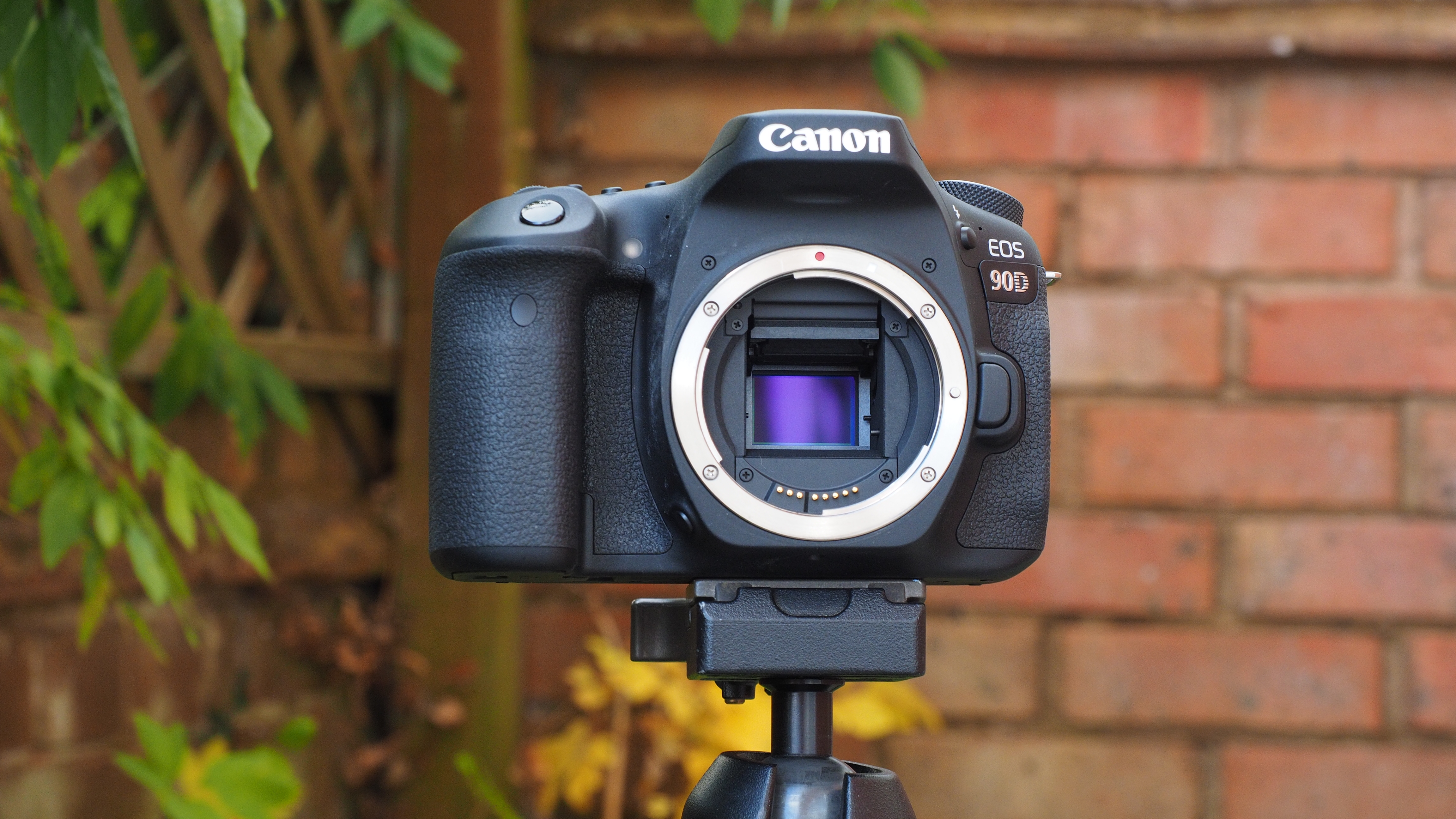
Build and handling
The EOS 90D has an unashamedly meaty feel. We’re constantly being told how mirrorless cameras are lighter, smaller and more comfortable to carry around than a DSLR, but the Canon counteracts that with its own qualities. The EOS 90D is thick and chunky, but with plenty of space for plenty of controls. Its smoothly contoured profiles and grippy textured surfaces give your hands and fingers more surface area and leverage – paradoxically, this larger and heavier camera is more comfortable to carry around one-handed than many mirrorless cameras half its size.
Canon has been designing DSLR controls for a long time, and it shows. The twin-dial setup has a narrow knurled wheel on the top of the grip and a second dial on the back of the camera around the four-way D-pad. Both work well. Four buttons in front of the top LCD panel control the AF mode, drive mode, ISO and metering pattern, while another button the other side of the top control dial adjusts the AF area. There’s another AF area button on the back, alongside buttons for AE/AF lock and an AF-ON function.
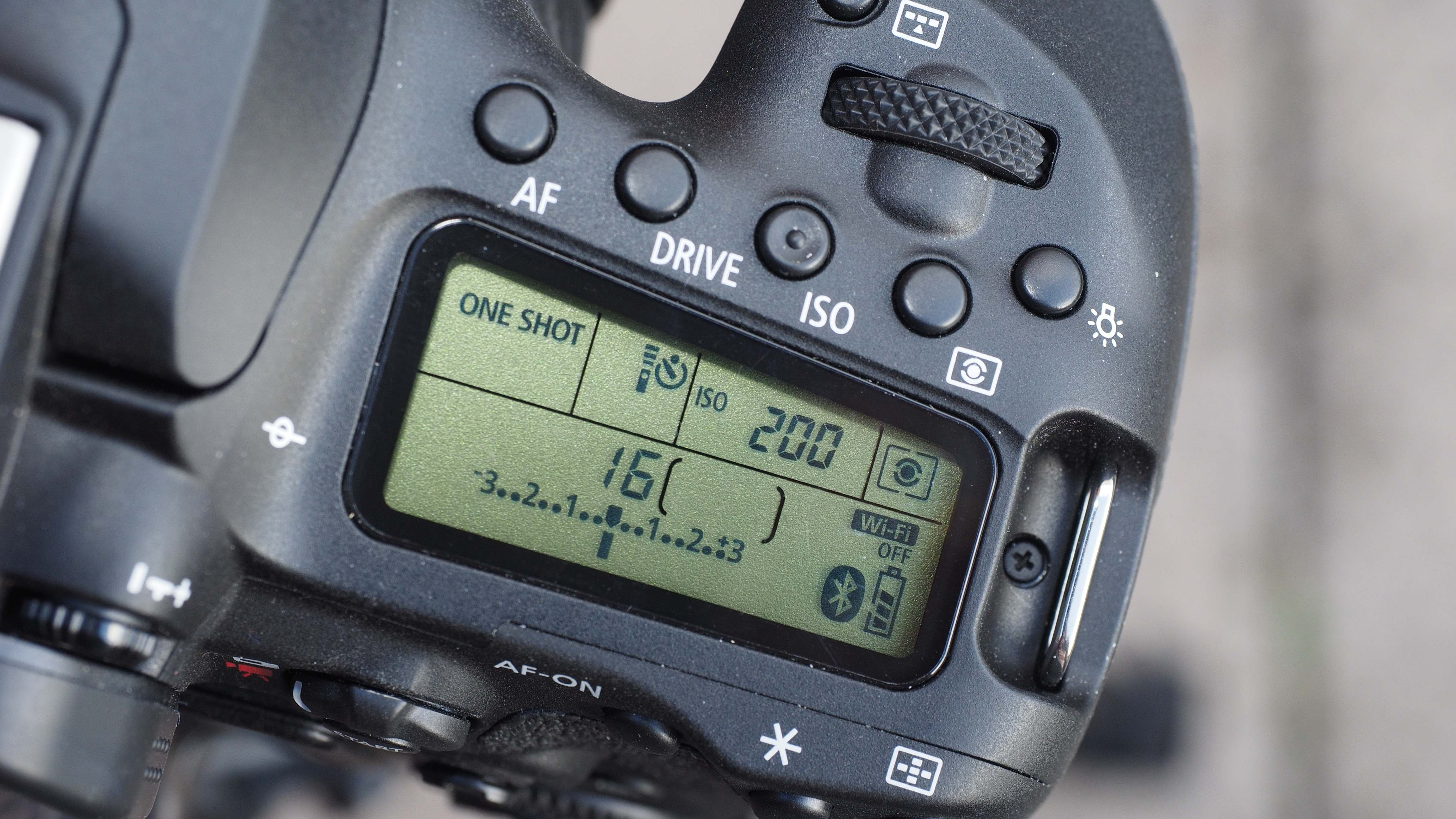
Canon has added a joystick controller from its higher-end DSLR models, and the back of the camera also has Menu and Info buttons, a Q menu button, a combined stills/movie live view lever, playback and trash buttons and a control lock lever to prevent accidental changes. That’s a lot of buttons, and yet the EOS 90D still doesn’t feel crowded.
The rear touchscreen is fully articulating with a side pivot, so that does mean the screen is off to the side of the camera for angled shots and not on the optical axis, but it gives a lot more flexibility for vertical shooting. The touch-responsiveness is very good, and if you enable to the touch shutter mode there’s almost no delay between tapping the screen and the camera focusing and firing the shutter.

Everything about the EOS 90D’s operation feels honed to perfection. There are a couple of minor niggles, such as what feels like an over-large power lever awkwardly placed under the main mode dial, and the mode dial itself looks and feels like it belongs on a cheaper camera, but neither is a deal-breaker.
What could be a deal breaker – for some – is the provision of a single memory card slot. It's not unusual for an advanced enthusiasts camera to have two slots, and it's not as if the EOS 90D's body isn't big enough.

Performance
The design and operation of the EOS 90D might be nigh-on perfect, but things take a slightly different turn with its performance. Our lab tests show very good resolution for an APS-C camera, but it’s matched or nearly matched by a number of rival cameras with 24 megapixels. Canon’s new sensor does not provide the definitive step up in resolution that the figures left us hoping for.
This is reminiscent of Canon's old 18MP APS-C sensor which, when it was first introduced, set a new benchmark for megapixels... and yet, it never felt you QUITE got the full 18MP value in terms of detail rendition, either through limitations in the sensor or Canon's less than stellar kit lenses. It's the same with the EOS 90D.
Worse, the increased pixel density does appear to have had an effect on the EOS 90D high ISO performance. Images look good – at a distance – right up to ISO 6,400 or even 12,800 (ISO 25,600 is a bit of a push). But if you take a closer look it’s apparent that fine textured detail is starting to smooth over as early as ISO 1,600. The EOS 90D can take great looking images right across its ISO range, but if detail is important in low light, you’ll be better off with a tripod and a lower ISO setting.
Sample gallery

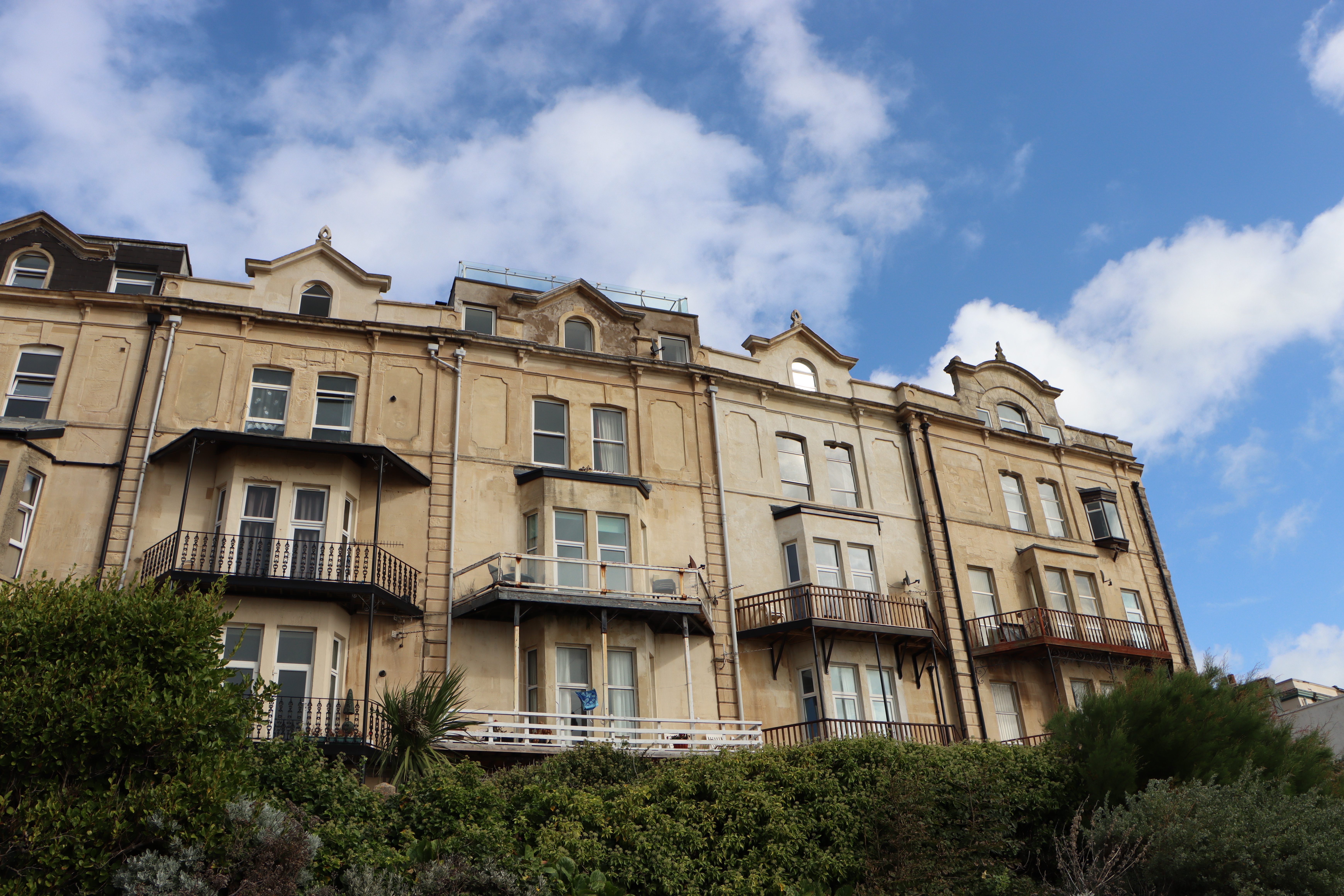
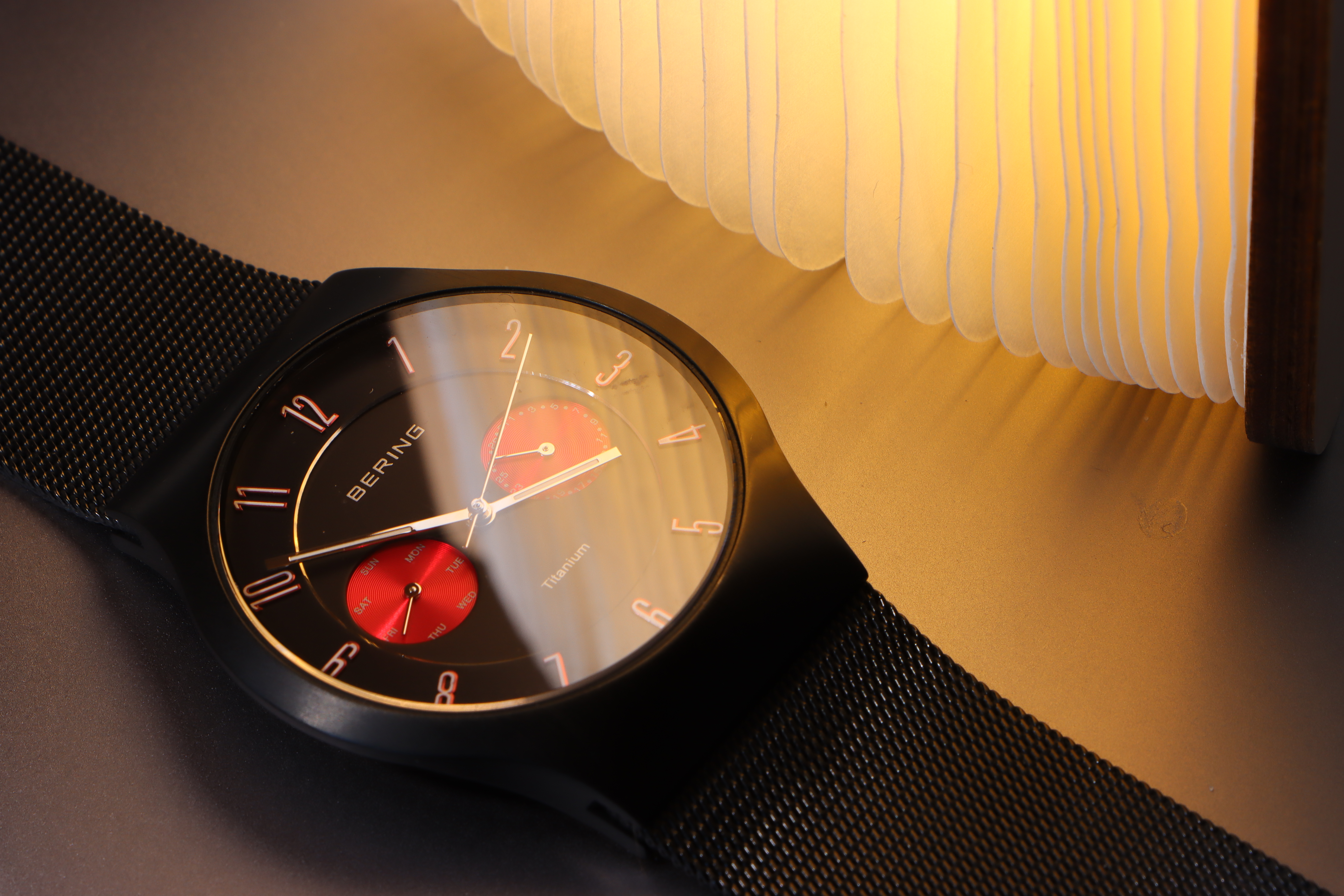

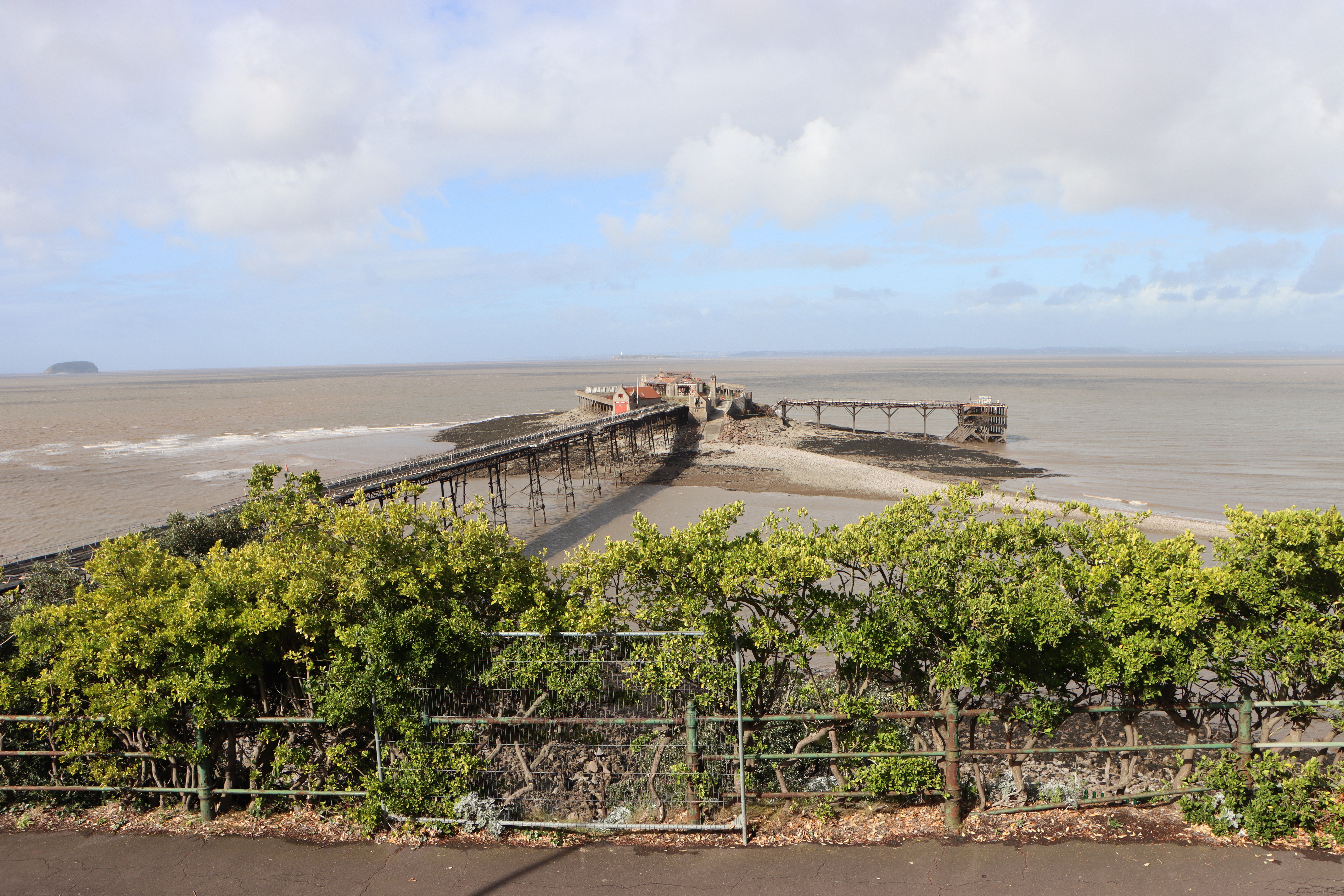

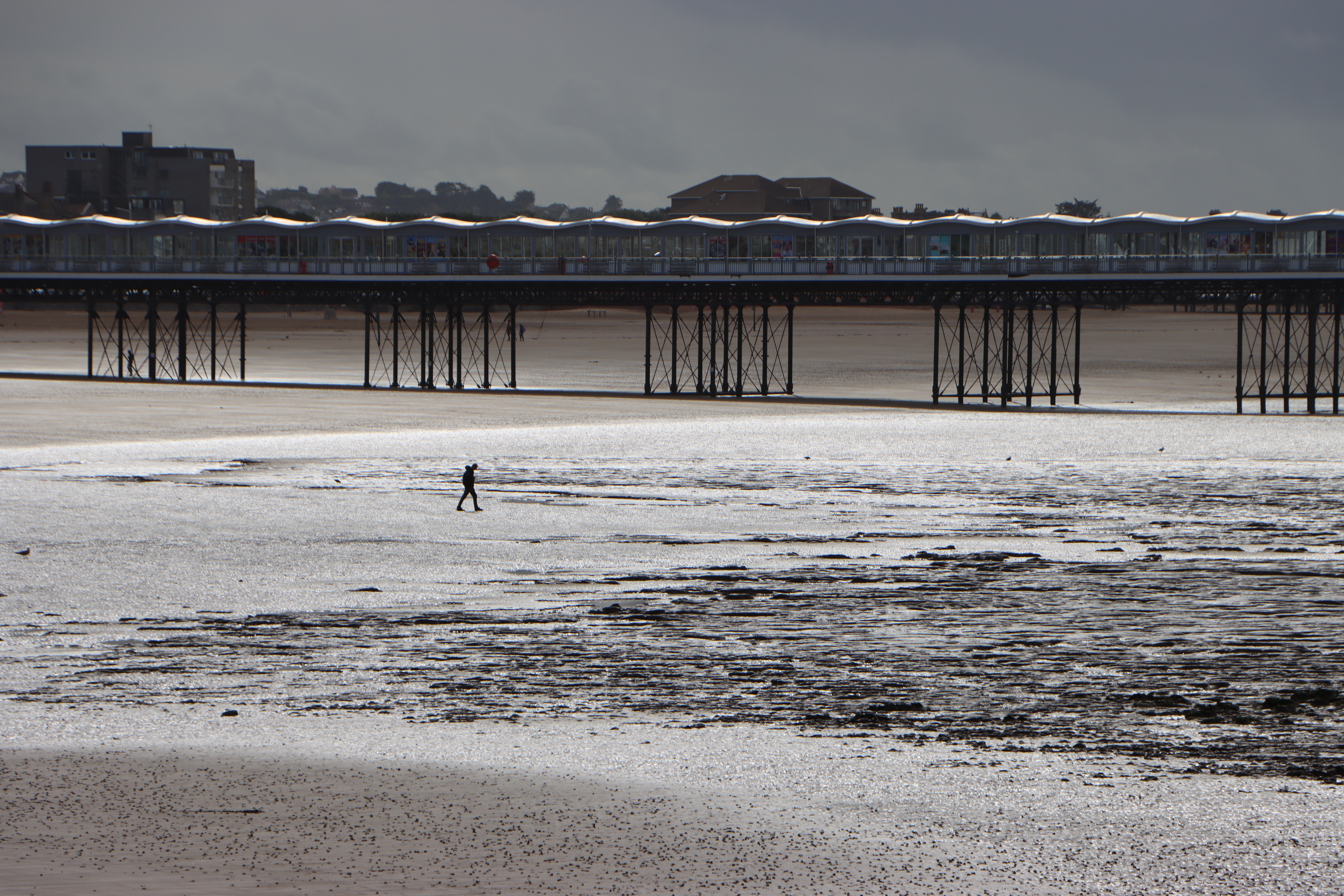


These factors make the EOS 90D’s headline grabbing 32.5MP feel a bit hollow. The results are great, but no breakthrough, and there’s a price to be paid in sensitivity.
The lab tests (below) suggest the EOS 90D matches the older EOS 80D for noise levels across the ISO range, but this test does not measure textural resolution, which is one of the reasons why we do real-world tests too.
Does the EOS 90D produce better quality images than the EOS 80D? Possibly, depending on the circumstances. What it can do, though, is capture content that the EOS 80D can’t, thanks to its 10fps continuous shooting and 4K video capability.
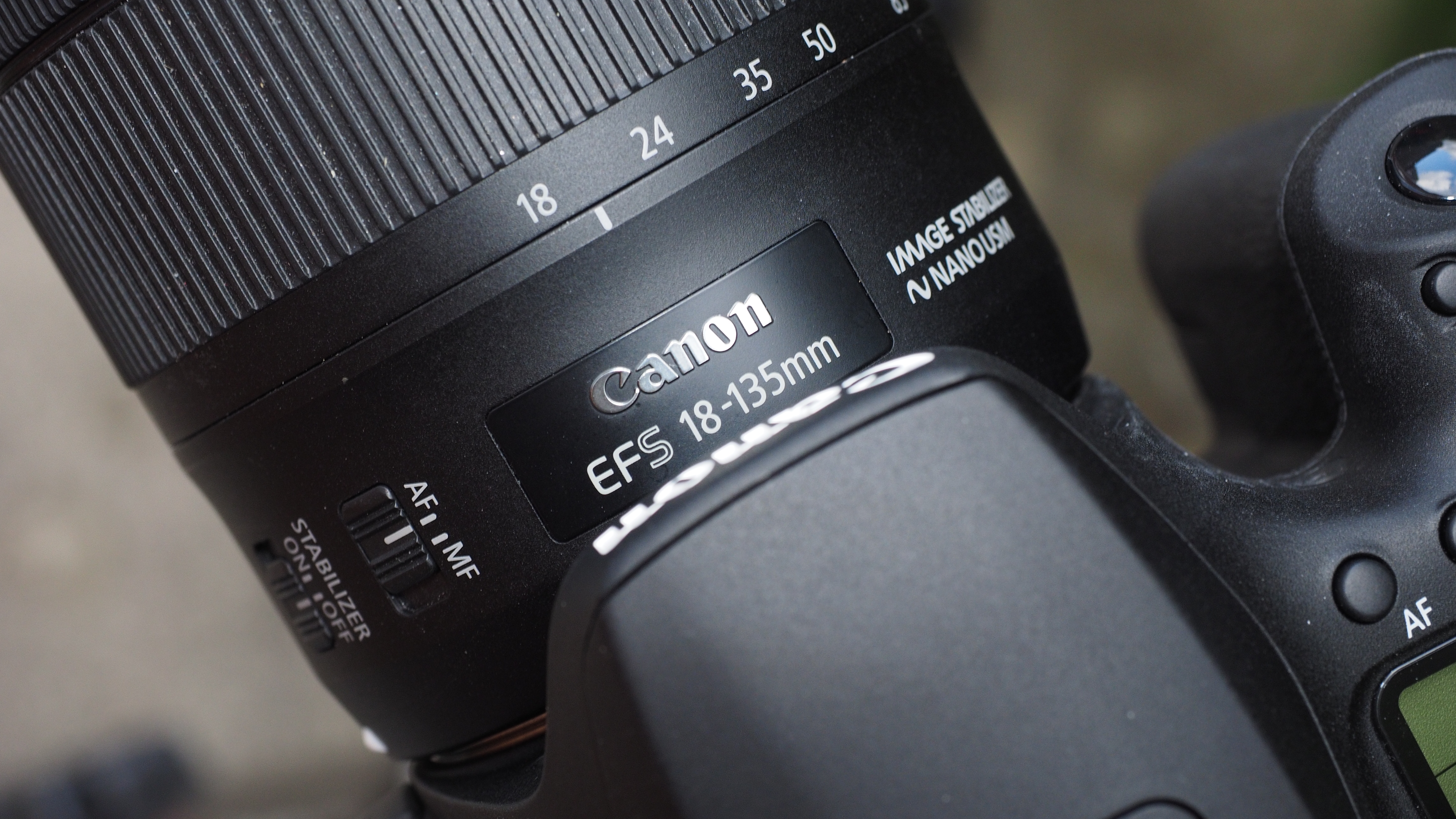
Continuous shooting caveats
10fps continuous shooting is quite an achievement, especially in a camera with such a high resolution sensor and priced for the enthusiast market, not the pros.
But for high-speed shooting a high frame rate is not enough on its own. You also need a good AF system and a good buffer capacity.
The EOS 90D uses Canon’s mid-range 45-point AF system. It’s good, but its not the same as the top-tier 65-point AF system on the EOS 7D Mark II. It proved fast and effective in our statics tests, though struggled somewhat with a dog playing fetch, especially running towards the camera – a faster lens (we were using the bundled 18-135mm USM kit lens supplied with the camera) might help, plus a bit more practice (and a slower dog).
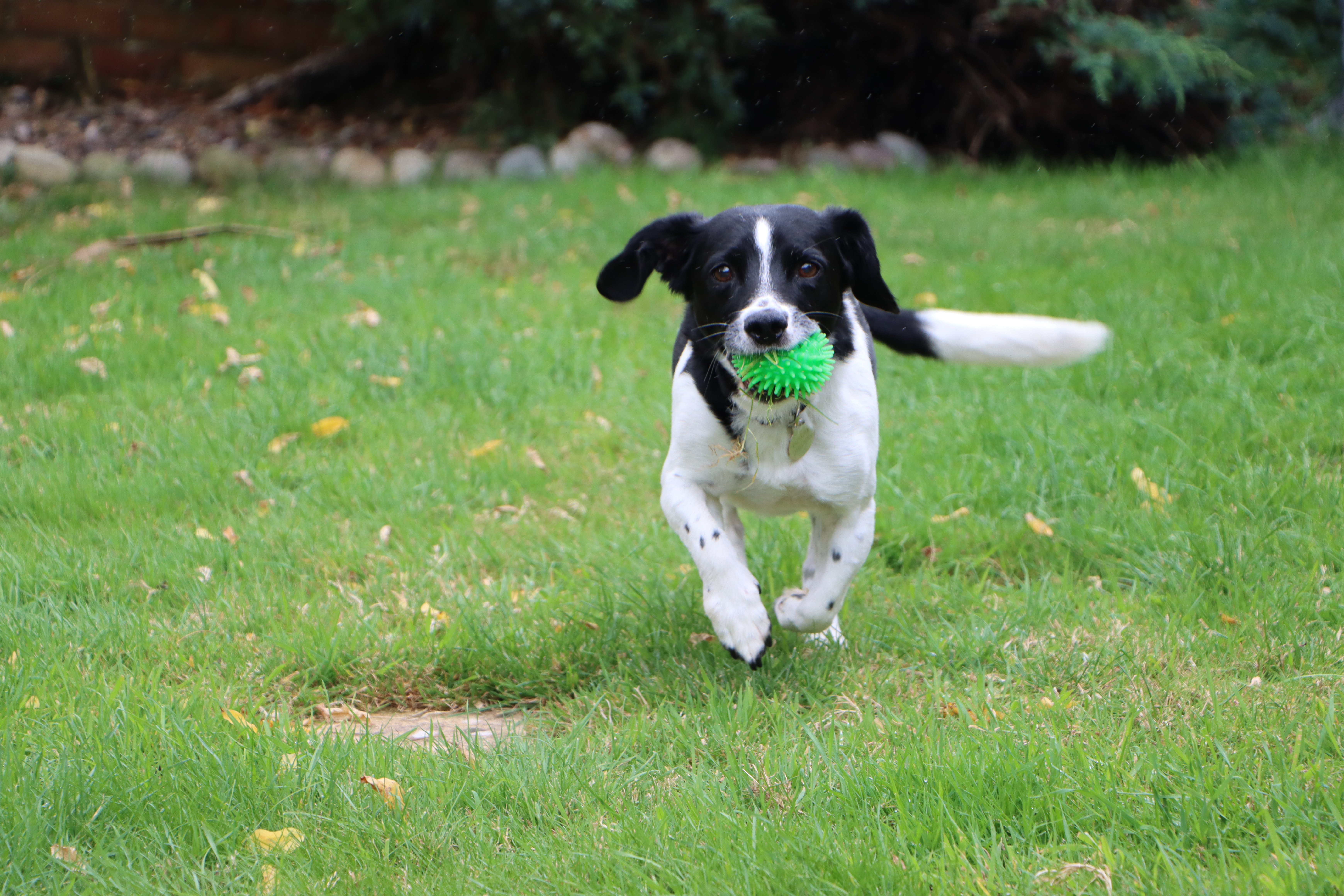


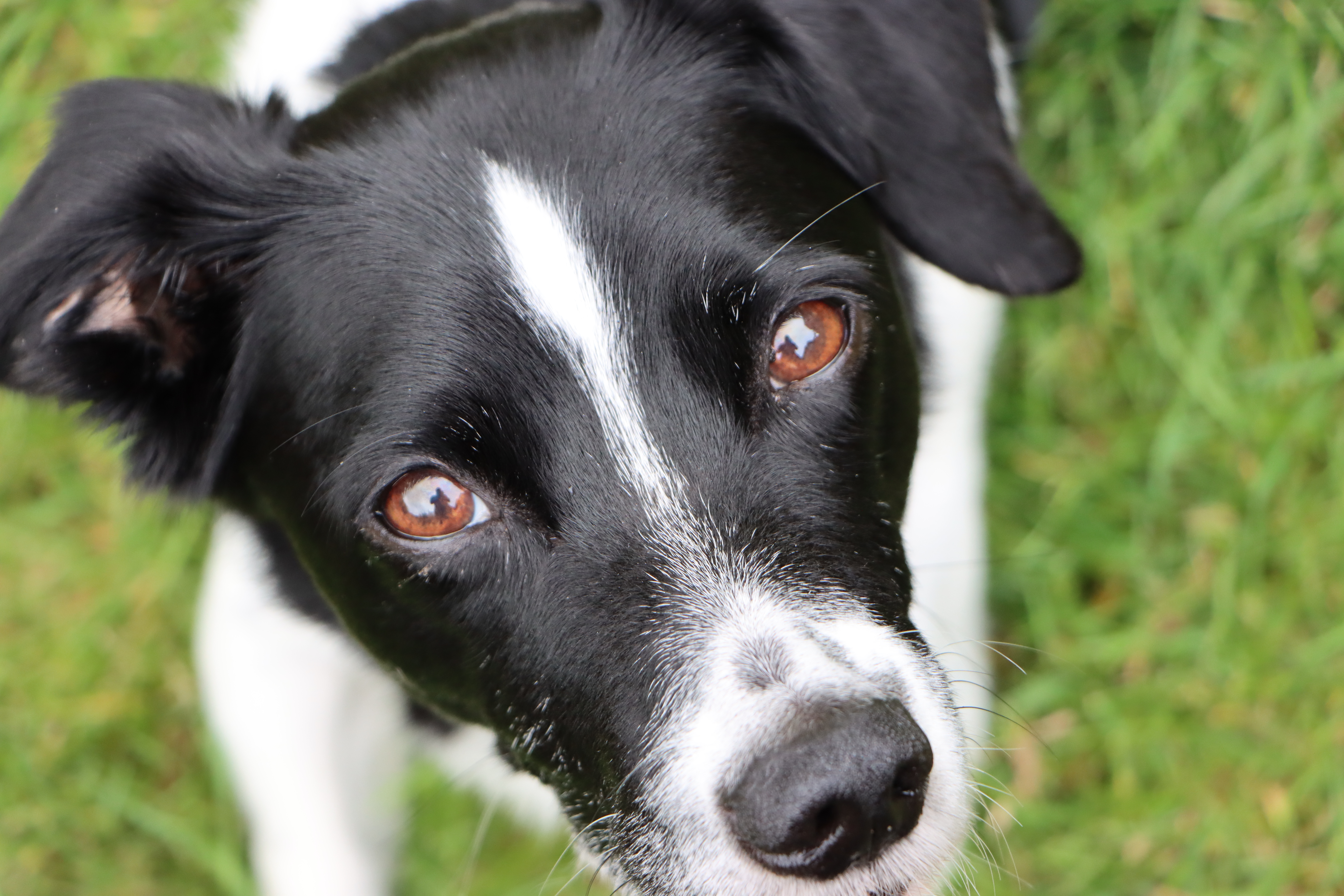
The other issue is the buffer capacity. 25 RAW files or 58 JPEGs is not much. At a frame rate of 10fps, the camera hits slow-down after just 2.5 seconds or 7 seconds respectively. You don’t have much of a window to time your bursts, especially if you want to shoot RAW. This is why sports specialists like the Nikon D500 and its 200-shot RAW buffer capacity cost more.
The fact that the EOS 90D can shoot continuously at 10 frames per second is brilliant, but it would be unwise to expect it to match proper sports-focused cameras just because the frame rate is the same.

Uncropped 4K video and why it matters
This is the biggest step forward for the EOS 90D. It’s not the first Canon camera to shoot 4K video, but previous models have used hefty crop factors when switching to 4K, so that your lenses effectively become ‘longer’ and your wideangle lenses aren’t wide any more.
The EOS 90D, however, uses the full width of the sensor for 4K video capture. The wider 16:9 aspect ratio means you inevitably loose a little image height, but the horizontal angle of view remains the same.
These days there’s an assumption that to shoot video you should get a mirrorless camera, but the EOS 90D’s Dual Pixel CMOS AF means that it’s at no disadvantage to a mirrorless camera at all in live view/video mode. What’s more, it doesn’t just have an external mic socket but a headphone socket too, so this camera doesn’t just add video as an afterthought – it’s designed specifically for serious videography.
There is one thing: Canon says the EOS 90D can shoot HD video at up to 120fps (or 4x slow motion speed). It can, but not with continuous AF.

Lab tests
We tested the EOS 90D against three rival APS-C cameras in the same general price and user level bracket: the Nikon D7500, Fujifilm X-T3 and Sony A6400.
Resolution
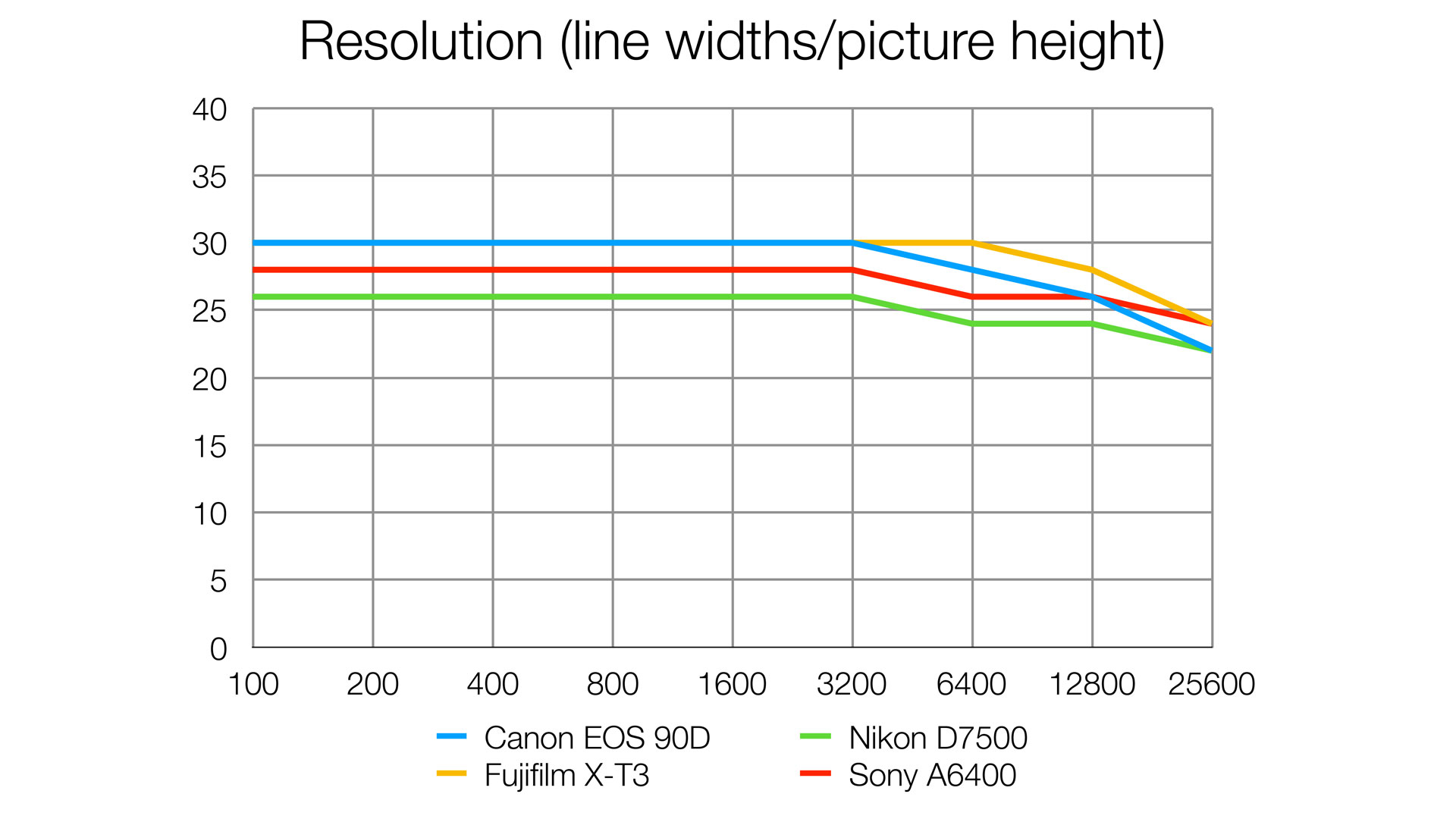
Not surprisingly, the EOS 90D shows a clear resolution advantage over its nearest rival in the Nikon DSLR camp, the D7500, but it was matched (and beaten at high ISOs) by the 26MP Fujifilm X-T3, and the 24MP Sony A6400 was not far behind.
Signal to noise ratio
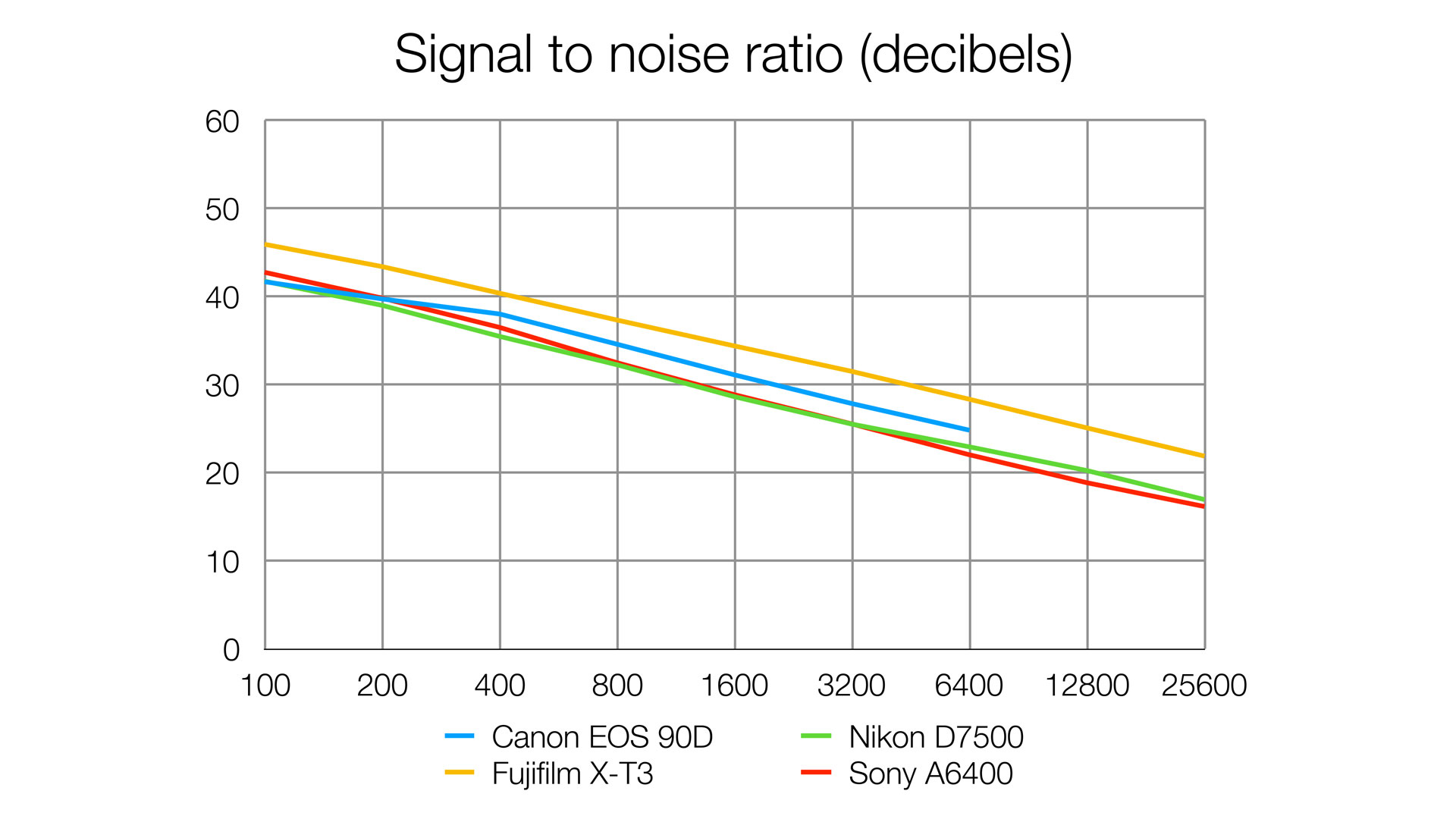
The EOS 90D does pretty well for noise control in our lab tests, beating the Nikon and and the Sony, though not the Fujifilm X-T3. However, as noted in our review comments, the lab test does not measure the loss of textural detail which we saw in our real world tests.
Dynamic range
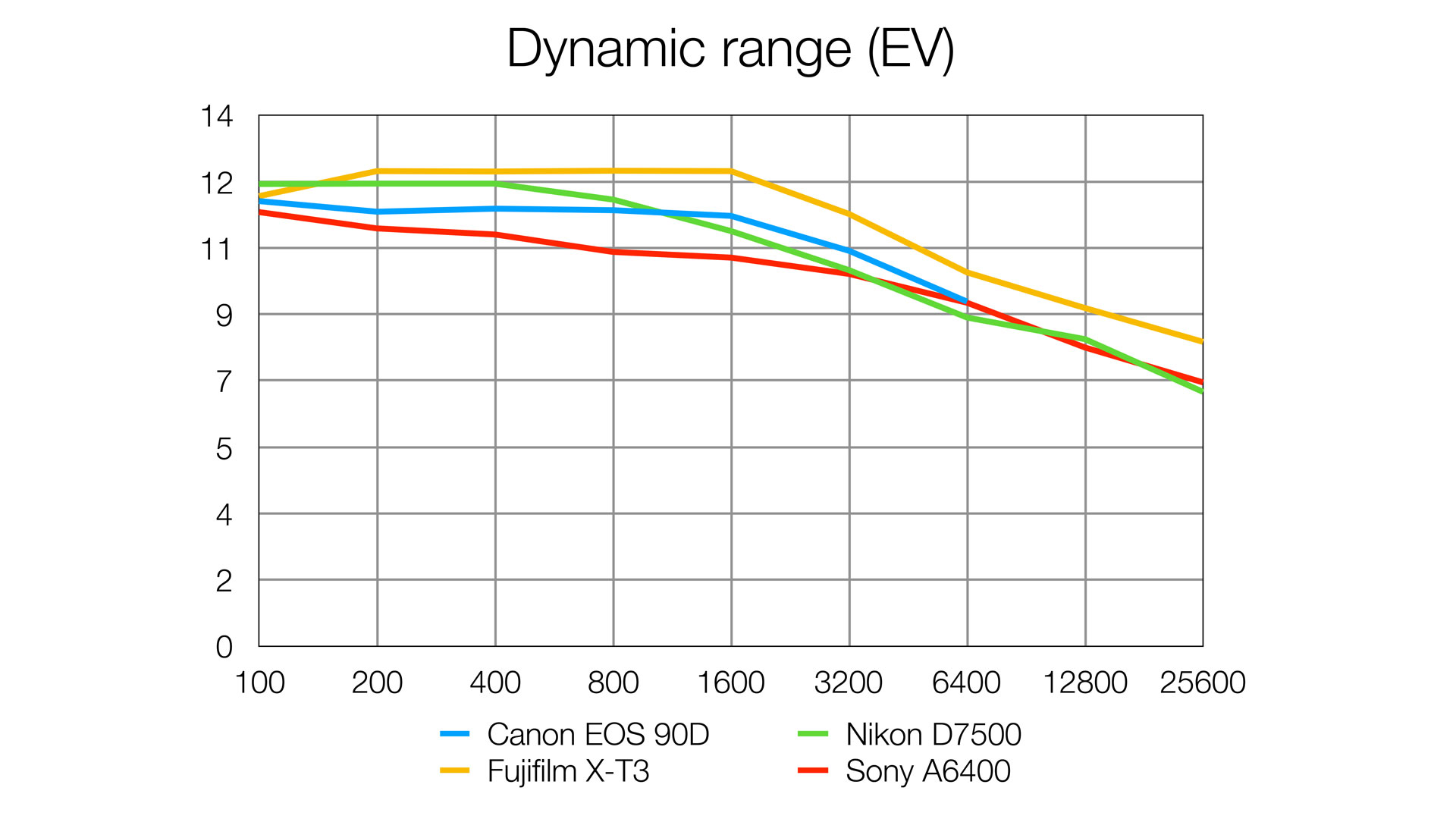
The Fujifilm X-T3 shows a small but significant advantage for dynamic range, especially higher up the ISO range. The Nikon D7500 shows a slight advantage over the EOS 90D at low to medium ISOs, but past ISO 800 the balance starts to swing the other way.
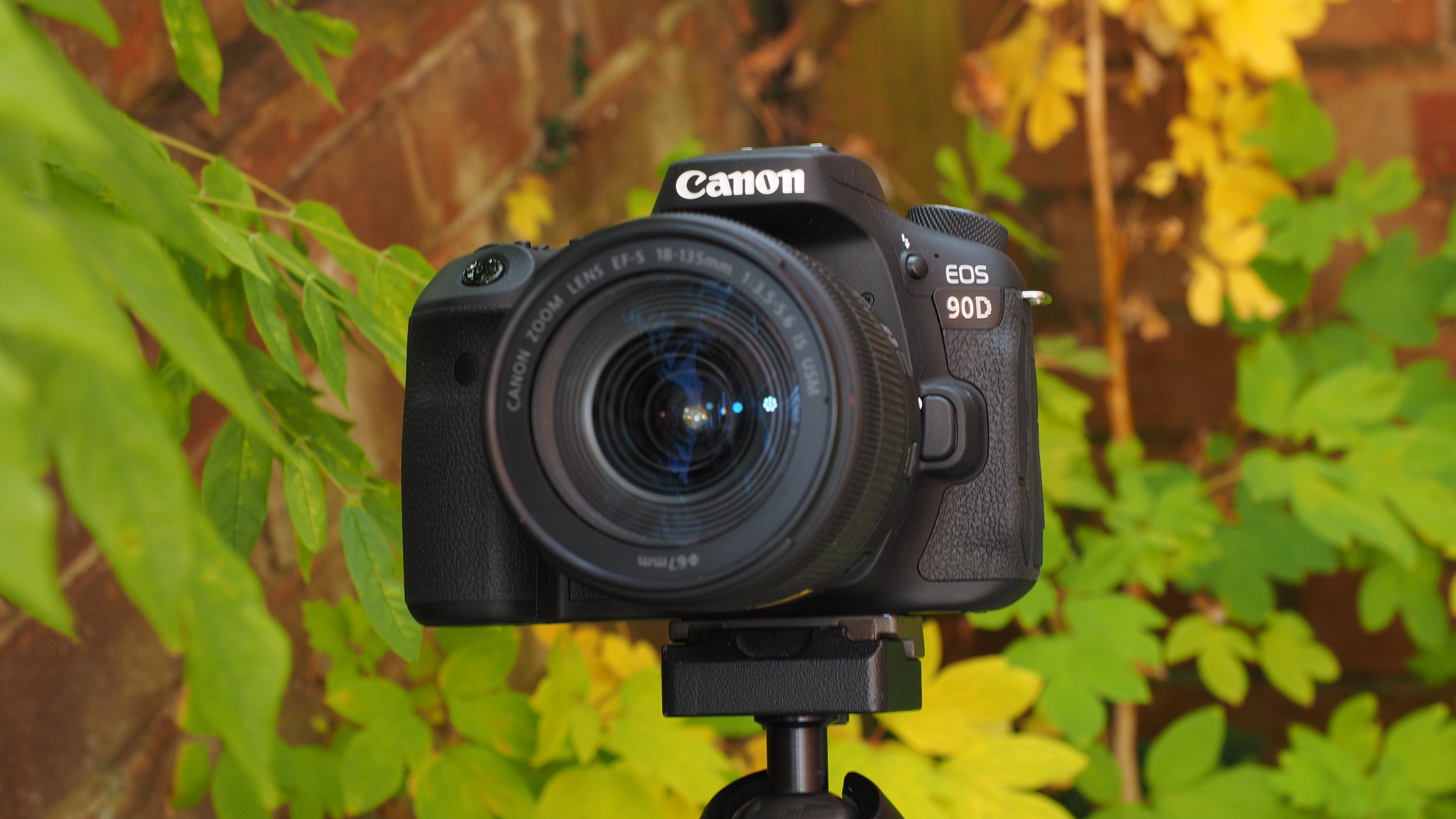
Verdict
It’s hard not to be completely blown away by this camera when you first start using it. It’s a lot bigger and chunkier than a mirrorless camera, but the bigger surface area, rounded corners and sheer grip-ability work in its favor. It means its many external controls never feel crowded, and your hands and fingers have some proper leverage – especially with larger lenses. It’s just a brilliant camera to hold and use.
But doubts do soon creep in. Yes, it’s got 32 million pixels, but is there a clearly visible real world benefit? We didn’t see one, especially with the 18-135mm kit lens we used for our outdoor testing. This is not one of Canon’s best lenses, especially at longer zoom settings, so it’s possible that buying the EOS 90D might also make you look again at your lens collection or the choices available.
The loss in textural detail rendition even at medium ISO settings was disappointing, and while the 10fps frame rate is impressive, the limited buffer capacity is a handicap.
But the uncropped 4K video capture is a huge step forward, and we keep coming back to how much this camera does and how great it is to handle and use. The image quality isn’t the revolution the specs led us to hope for, but that’s just a small setback compared to the EOS 90D’s all-round capabilities.
Read more:
• PhotoPlus: The Canon Magazine
• These are the best DSLRs right now
• Which is the best Canon camera?
• DSLR vs mirrorless, we explain the differences

Rod is an independent photography journalist and editor, and a long-standing Digital Camera World contributor, having previously worked as DCW's Group Reviews editor. Before that he has been technique editor on N-Photo, Head of Testing for the photography division and Camera Channel editor on TechRadar, as well as contributing to many other publications. He has been writing about photography technique, photo editing and digital cameras since they first appeared, and before that began his career writing about film photography. He has used and reviewed practically every interchangeable lens camera launched in the past 20 years, from entry-level DSLRs to medium format cameras, together with lenses, tripods, gimbals, light meters, camera bags and more. Rod has his own camera gear blog at fotovolo.com but also writes about photo-editing applications and techniques at lifeafterphotoshop.com
